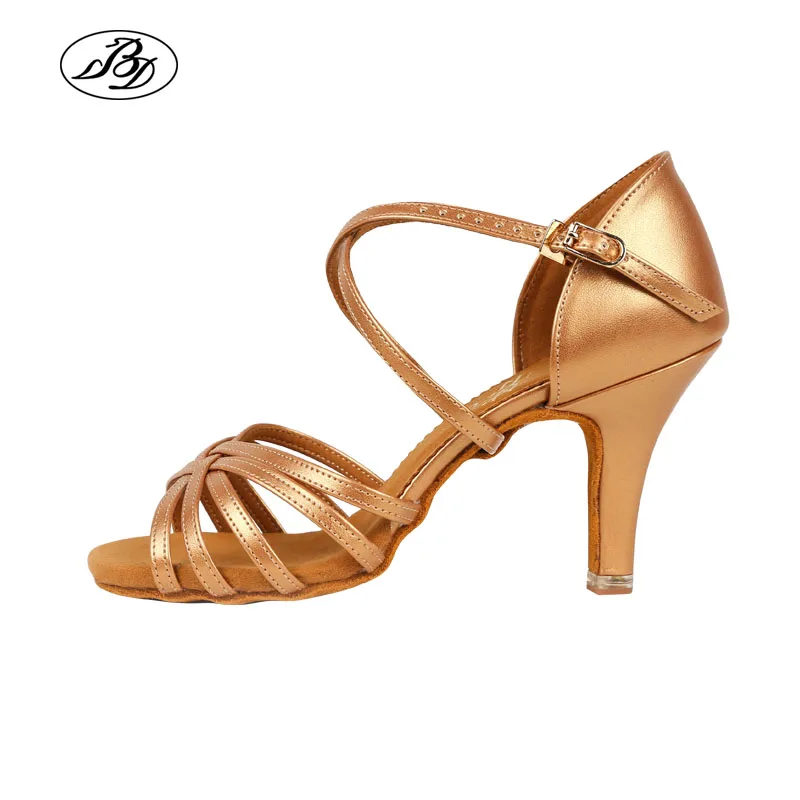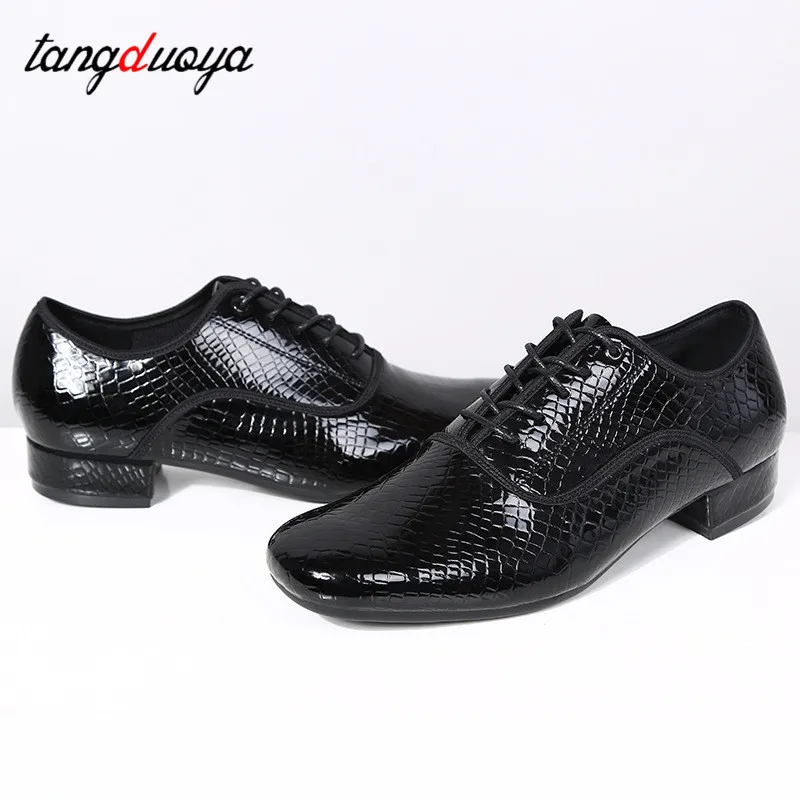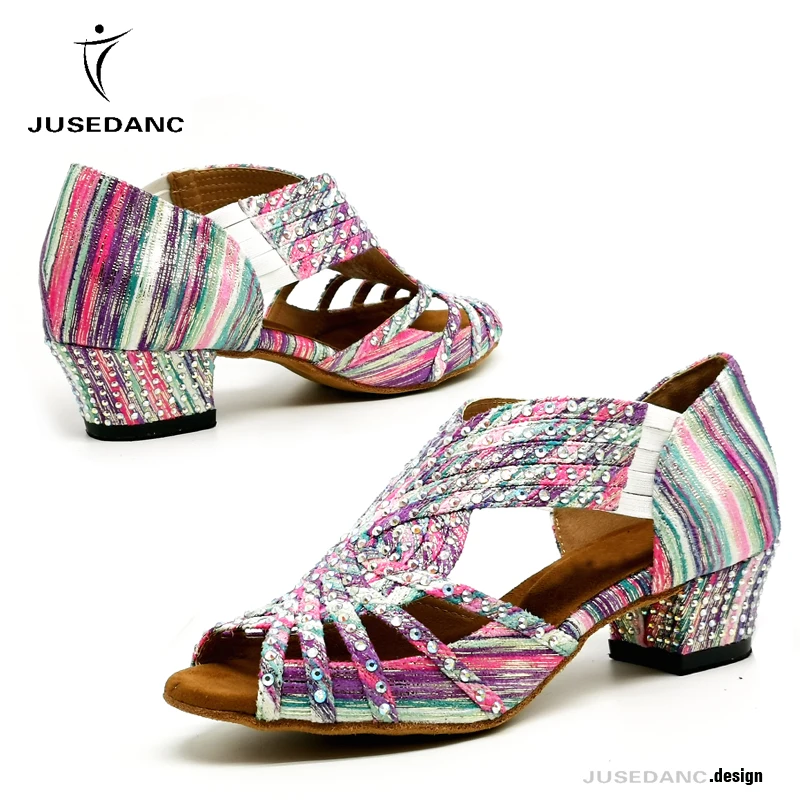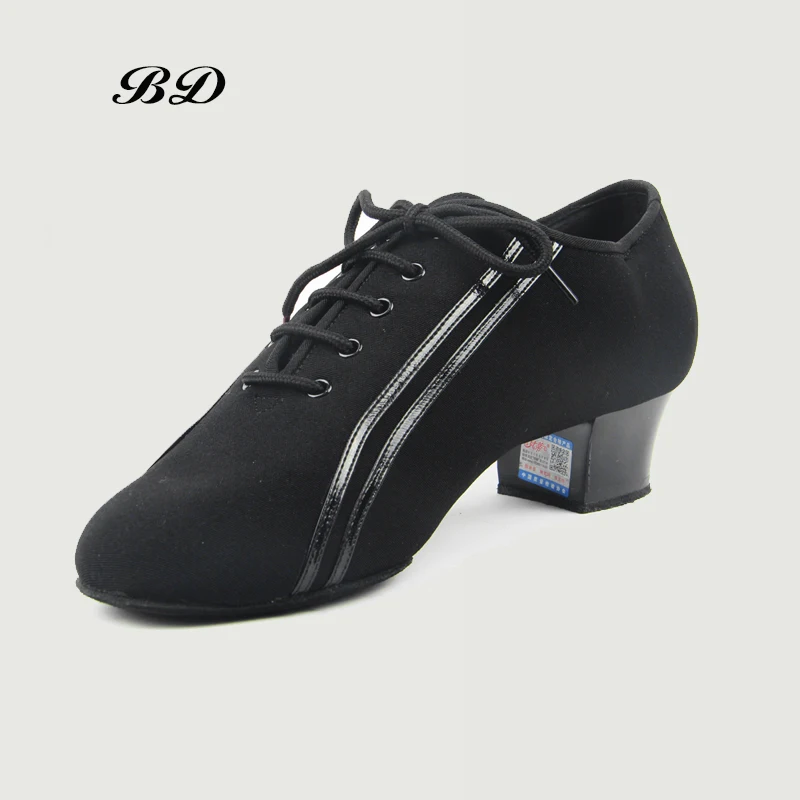Are all Squash Rackets the Same?
In the world of squash, choosing the right racket is crucial for optimal performance and enjoyment. While all squash rackets share certain basic characteristics, they vary significantly in design, materials, and features. Understanding these differences can help you make an informed decision about the best racket for your individual needs.
Head Shape and Size: Squash rackets come in various head shapes, including teardrop, round, and hybrid. Teardrop-shaped rackets offer a balanced combination of power and control, while round-shaped rackets prioritize control. Hybrid rackets provide a versatile blend of both qualities.
String Pattern: The string pattern, measured in the number of main and cross strings, affects the racket's power, control, and feel. A denser string pattern provides more control and spin, while a looser pattern generates more power.
Weight and Balance: Squash rackets are classified as light, medium, or heavy. Lighter rackets offer greater maneuverability, while heavier rackets provide more power. The balance point, which indicates where the weight of the racket is concentrated, can influence power, maneuverability, and control.
Materials: Squash rackets are typically constructed using graphite, fiberglass, or a combination of both. Graphite rackets are known for their durability, power, and control. Fiberglass rackets offer greater flexibility and impact absorption.
Grip Size and Shape: The grip is a vital part of the racket, as it affects comfort, power, and control. Grip sizes vary, and finding the right fit is essential. Grip shapes also differ, with some offering better ergonomics and comfort.
Frequently Asked Questions
- What is the best squash racket for beginners? Round-shaped rackets with a larger head size and a lighter weight are recommended for beginners.
- What's the difference between a teardrop and a round racket? Teardrop rackets offer a balance of power and control, while round rackets prioritize control.
- How does the weight of a racket affect performance? Lighter rackets provide maneuverability, while heavier rackets offer power.
- What is the ideal grip size for a squash racket? Grip size should fit comfortably in your hand, allowing for a firm but not overly tight grip.
- What materials are commonly used in squash rackets? Graphite and fiberglass are the primary materials used, with graphite offering durability and control, and fiberglass providing flexibility.
Popular Squash Rackets
- Wilson Blade 98 v8.0
- Head Extreme 2023
- Dunlop Fx 500 Lite
- Tecnifibre Carboflex Airshaft 125
- Babolat Pure Drive Lite
Pre:Which is the best racket for a beginner in squash
Next:What are the benefits of having an overgrip on your tennis racquet



















